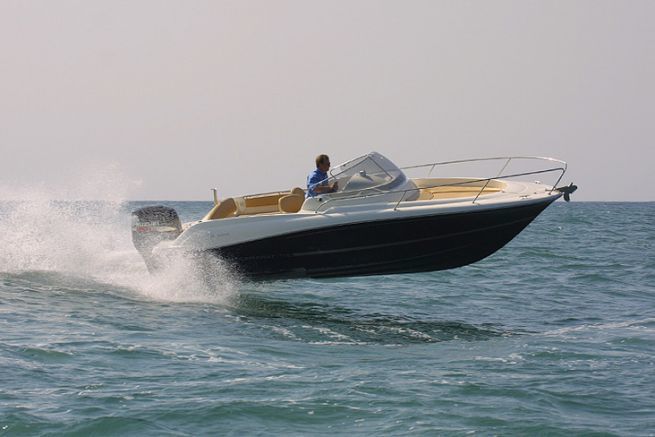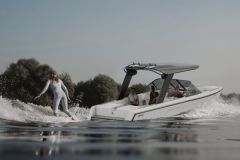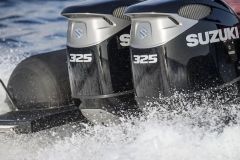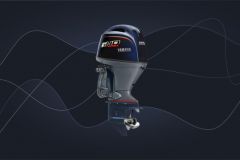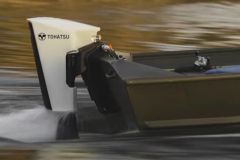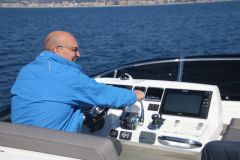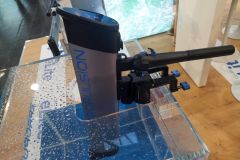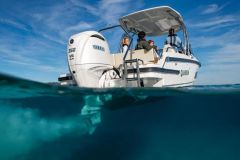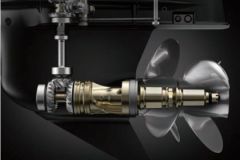Trim is a system used on Z-Drive bases and outboard motors. It changes the angle between the propeller thrust and the boat's transom. By manipulating this cylinder, you can work on the boat's trim.
The trim cylinder is the same one used to raise the engine when sailing in shallow water.
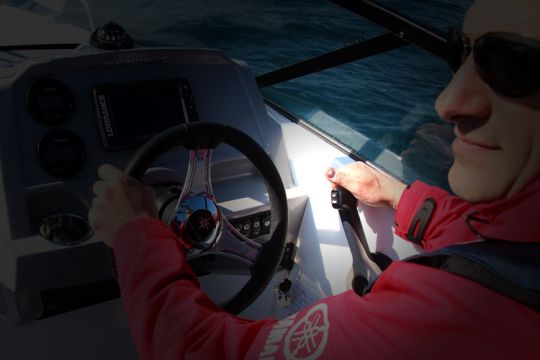
One button for up and down
Trim is controlled electrically. It is activated by an electric switch, usually located at the end of the throttle lever. This position is deliberately chosen so that the trim is always easily and quickly accessible. In fact, this setting is never definitive and must be adapted throughout the navigation.
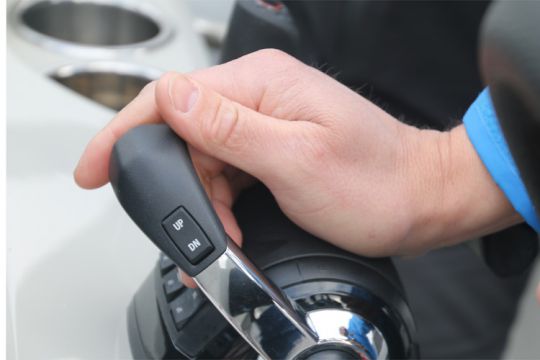
Pressing "Up" lifts the motor away from the transom. Conversely, pressing "down" (down arrow) lowers the motor.
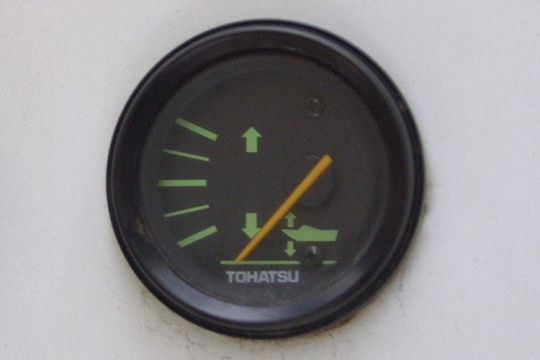
The trim has a neutral position. The higher the position, the more positive the trim, and the lower the position, the more negative the trim. This neutral potion is generally indicated on the trim control screen.
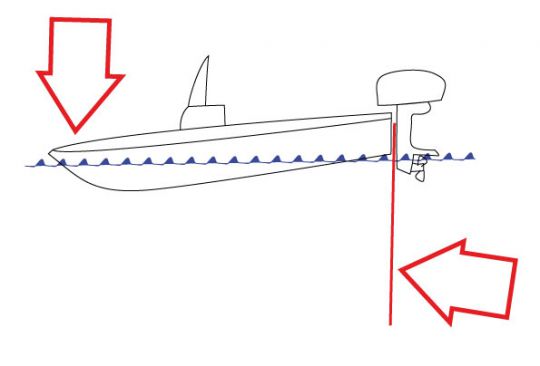
Negative trim
The motor is fully retracted against the transom.
This position should be adopted at start-up. It helps lift off, as the boat's nose lowers and propeller thrust is at its maximum. Similarly, when turning, you need to retract the trim (negative trim) to prevent the propeller from ventilating.
This position is also used when facing a head-on sea with waves. It prevents the boat from jumping too much on the wave and the hull from slamming too hard.
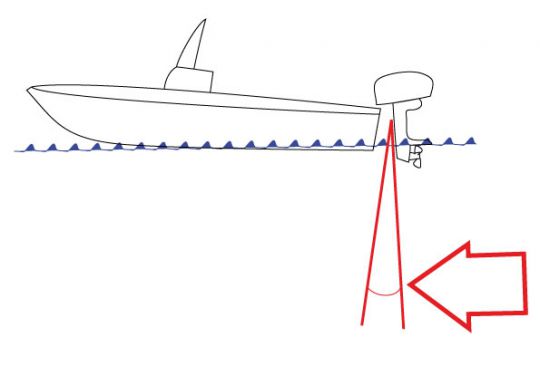
Neutral trim
This is the standard position. The anti-ventilation plate above the propeller is parallel to the bottom of the hull. In general, this setting is a good compromise for cruising speed without excessive fuel consumption.
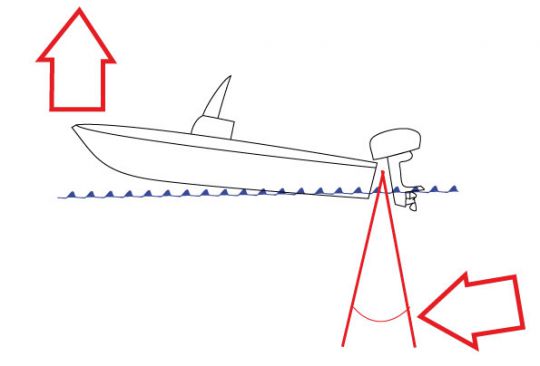
Positive trim
When you're looking for maximum speed, you need to push as hard as you can. Be careful, as the bow rises, the hull touches very little water, the steering becomes light and the boat becomes fickle.
The higher the trim, the higher the engine speed. You should stop trimming when you hear the propeller fanning (a distinctive sound).
If you lose control of your trimmed boat, simply reduce engine speed or lower the trim a little to regain control.
With a following sea, when you're moving forward at the same time as the waves, it's advisable to trim positively to relieve the bow and prevent it from crashing when it meets the wave ahead.
